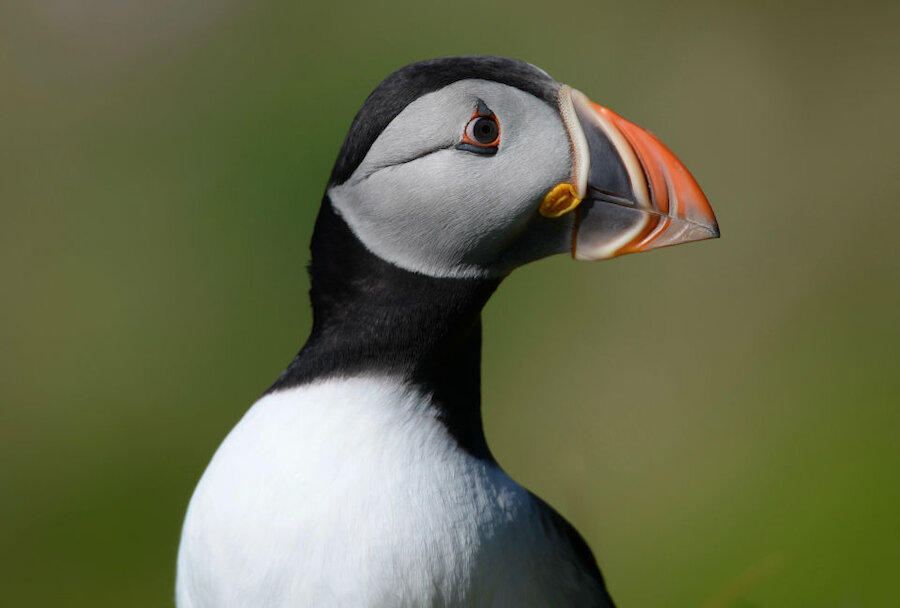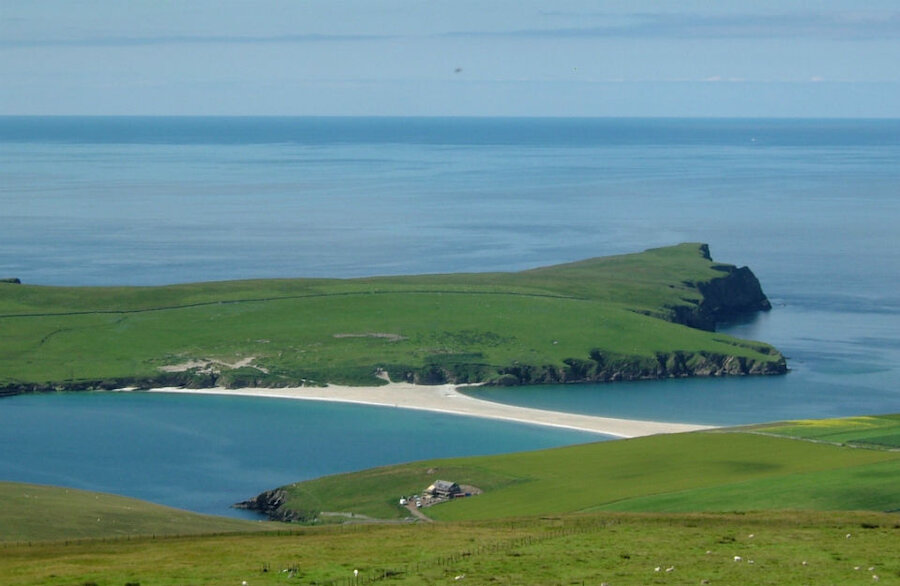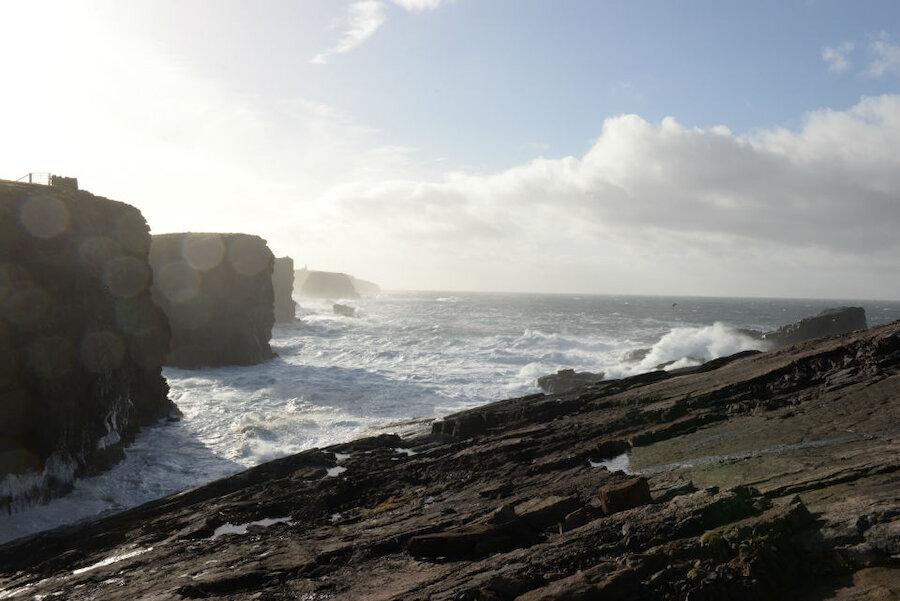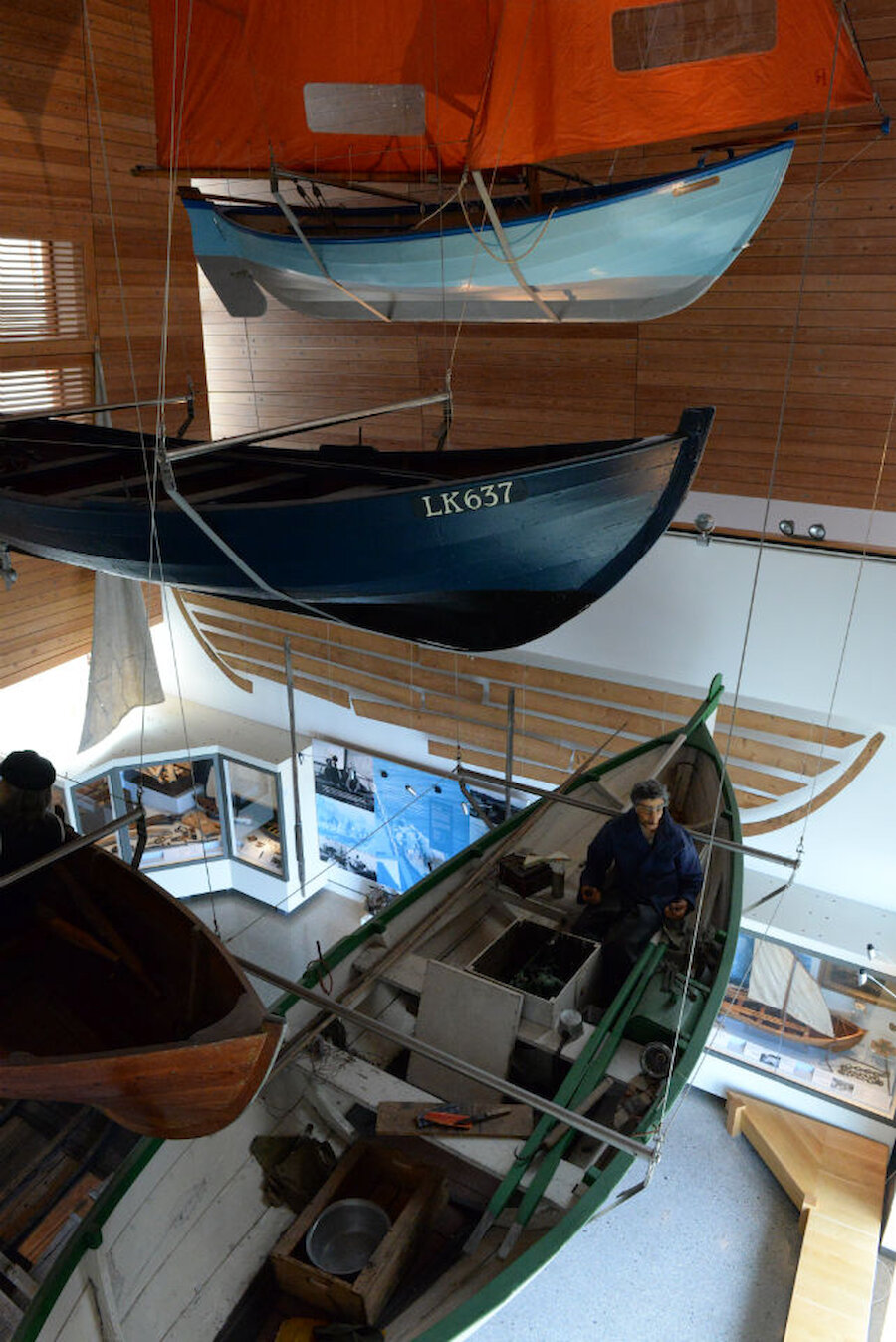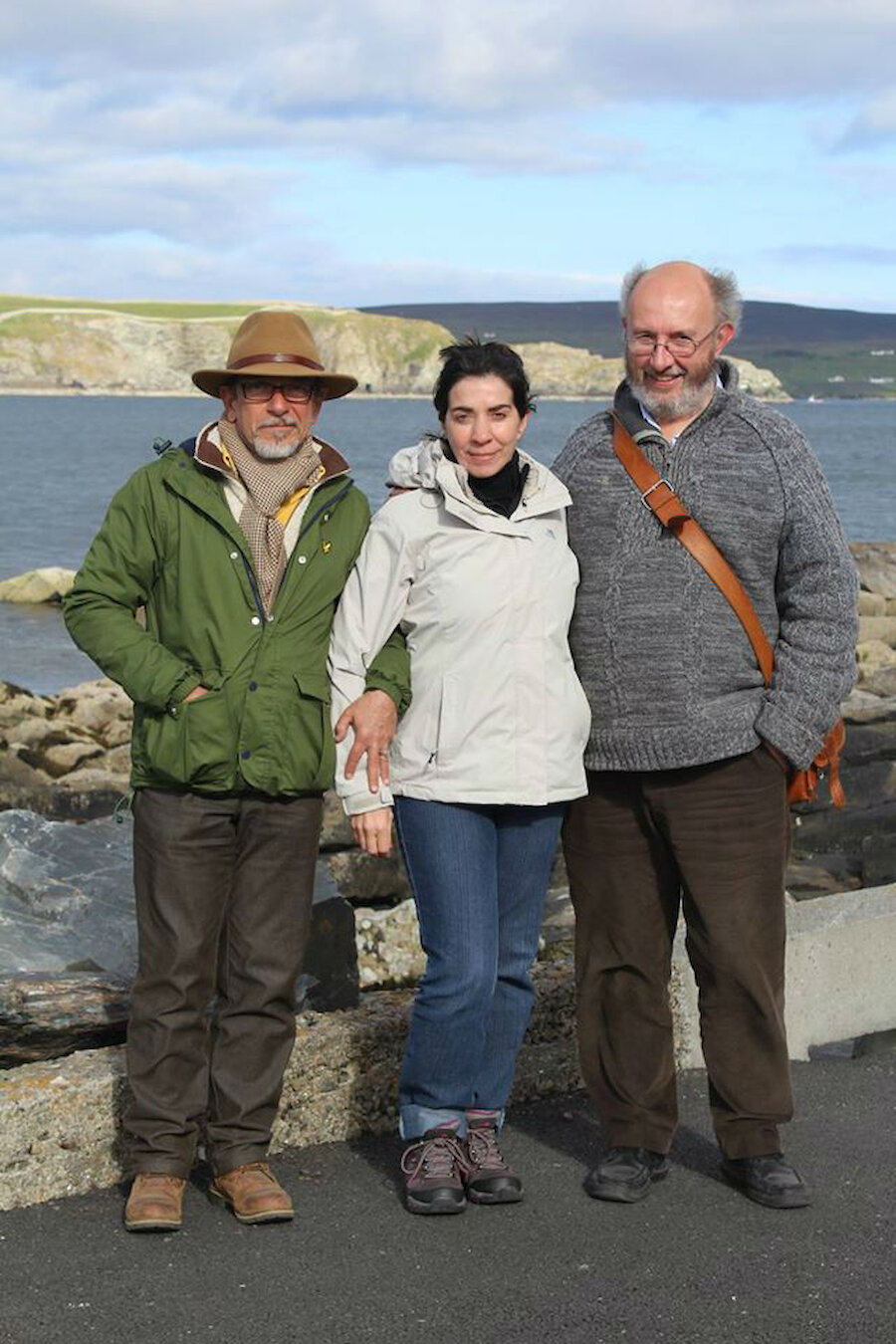Elsewhere on these pages, I’ve suggested how visitors might spend two days in Shetland, with a strong recommendation that it would be better to allow three and – ideally – many more. As it happens, I recently had the chance to try out a three-day break with a couple of Spanish friends. Angela and José are tour guides for Spanish speakers visiting the Scottish Highlands and – because of that – were constrained by their commitments. So, this is a kind of worked example of how such a trip might look.
They’d arrived on the ferry from Aberdeen and we began with a walk around old Lerwick, exploring the lanes that lead uphill from the seafront and stopping to look inside the Town Hall, which has nationally-important and beautifully crafted 19th century stained glass.




